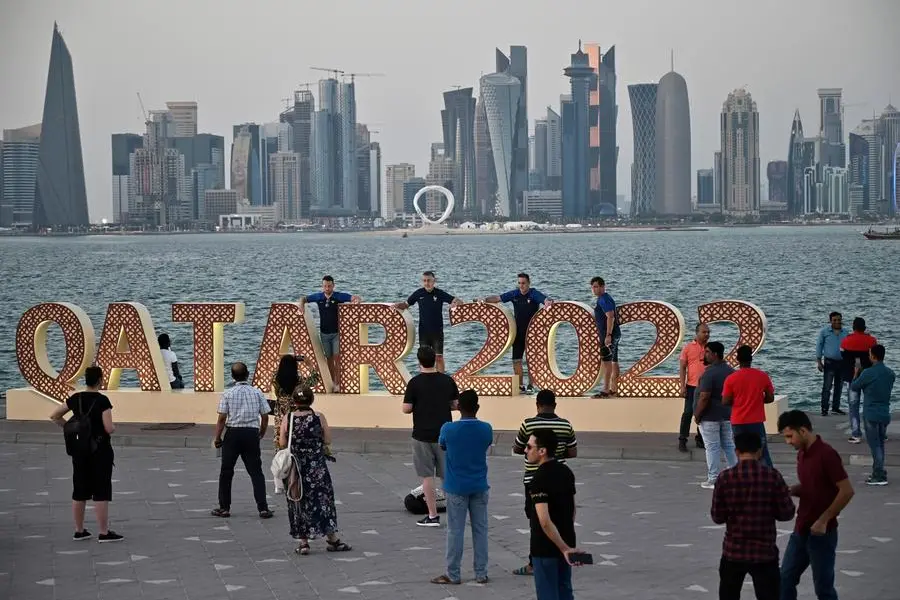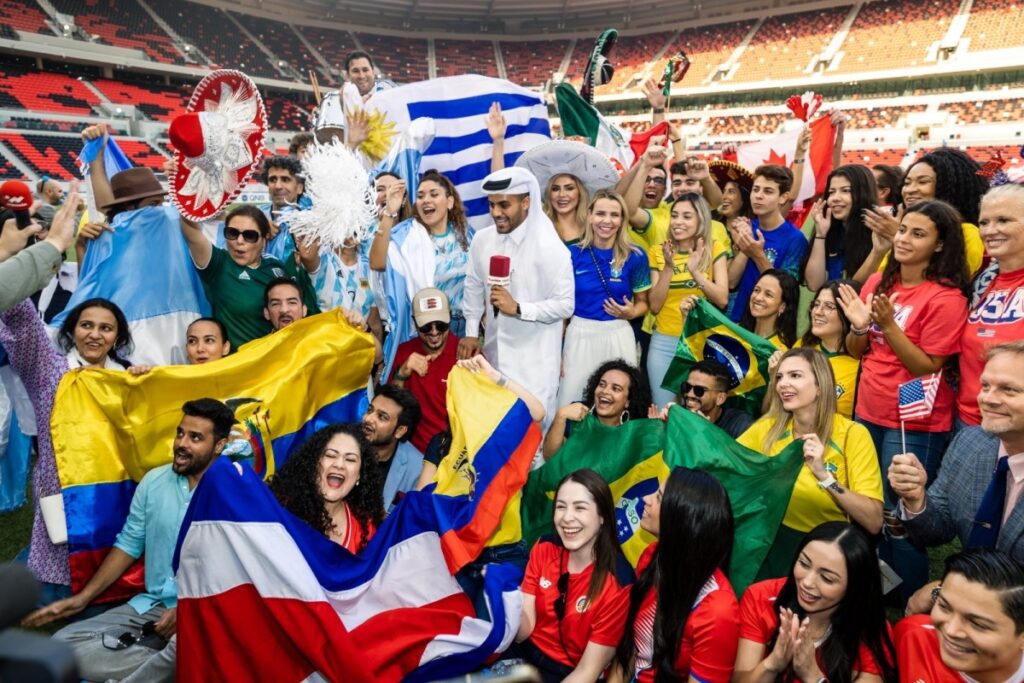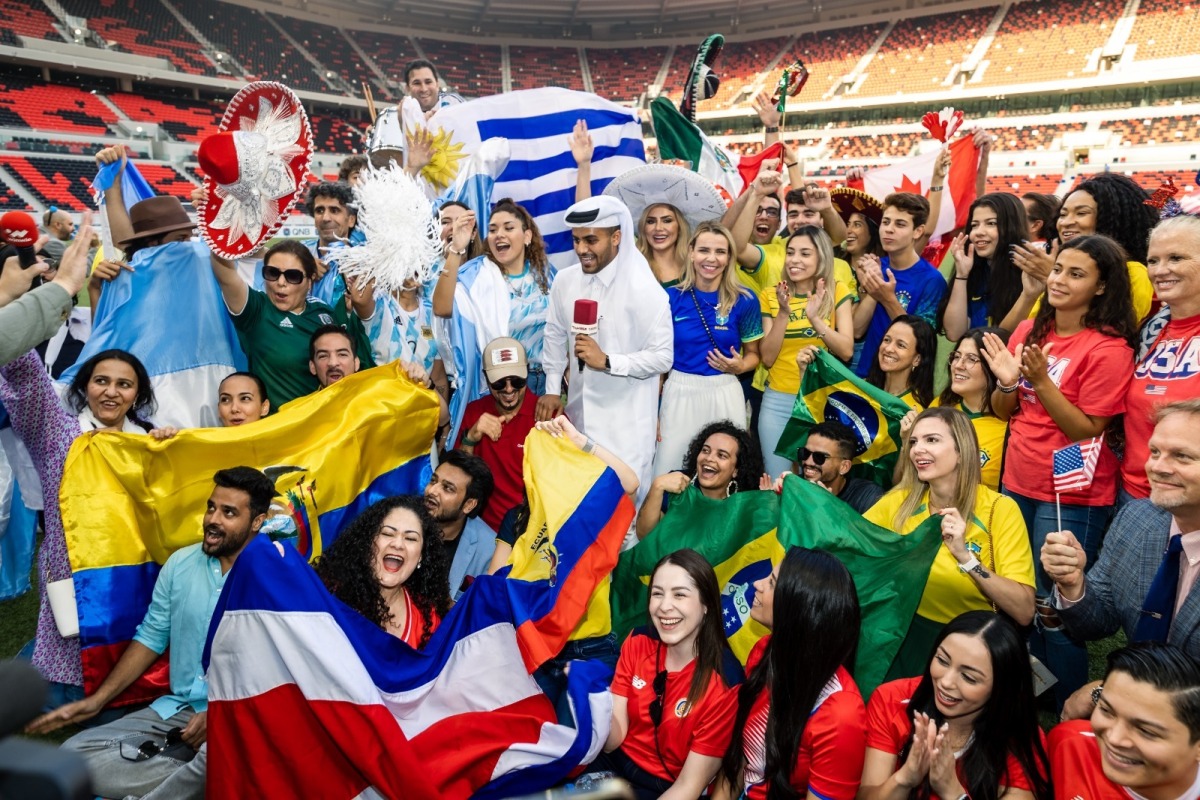The Social Impact: 15 Ways the World Cup Changes Host Cities and Countries
The World Cup is more than a football tournament—it’s a global event that transforms entire nations. Beyond stadiums and goals, the World Cup social impact can be seen in how host cities change, how people connect, and how legacies are built long after the final whistle. From infrastructure upgrades to cultural exchanges, here are 15 ways the World Cup reshapes host countries and their societies.
1) Tourism Booms
The World Cup attracts millions of visitors, driving huge increases in tourism revenues for host nations (BBC). Hotels, restaurants, and transport systems often see record demand. This short-term spike helps showcase a country globally and can change its reputation as a travel destination.

2) Urban Development Projects
Hosting often leads to major urban renewal projects, including new airports, metro lines, and highways (The Guardian). While sometimes controversial due to costs, these upgrades improve connectivity. The physical legacy reshapes how cities operate for decades.
3) Stadium Construction and Legacy Use
New stadiums symbolize progress but also raise concerns about “white elephant” venues left underused (Reuters). Some, like Germany’s arenas, find long-term use, while others, like South Africa’s, face struggles. Stadiums reflect both pride and debate around legacy.
4) National Branding
For host nations, the World Cup is a global marketing platform, reshaping how the world perceives them (Sports Illustrated). South Africa 2010 emphasized unity, while Russia 2018 focused on cultural pride. Hosting rebrands nations in the eyes of global audiences.
5) Job Creation
Construction, tourism, and event management create thousands of jobs in the lead-up to and during tournaments (FIFA). Although many are temporary, they offer training and economic stimulation. For young workers, this often provides first-time career opportunities.
6) Boost to Small Businesses
Street vendors, local artisans, and small shops benefit from the massive influx of fans (Al Jazeera). Matchdays become opportunities to sell souvenirs, snacks, and cultural products. The economic ripple effect often supports local communities.
7) Cultural Exchange
With fans from over 200 countries traveling, the World Cup becomes a cultural melting pot (New York Times). Cities host fan zones where music, food, and traditions are shared. This exchange builds global understanding through football.

8) Volunteerism Growth
World Cups depend on tens of thousands of volunteers, offering training in hospitality and organization (FIFA). Many volunteers use this experience for future careers. It fosters civic pride and involvement in global events.
9) Sports Diplomacy
The World Cup often eases political tensions by creating shared experiences across borders (The Guardian). Matches become opportunities for leaders to engage in soft diplomacy. Football becomes a bridge where traditional diplomacy struggles.
10) Gender Inclusion Programs
FIFA increasingly ties tournaments to social programs, including efforts to boost women’s football in host countries (FIFA). These initiatives inspire young girls and change perceptions. Hosting leaves a legacy of greater inclusivity.
11) Sustainability Efforts
Recent World Cups emphasize eco-friendly stadiums and carbon-neutral initiatives (DW). From solar panels to recycling programs, sustainability has become part of the hosting process. These changes influence future mega-events worldwide.
12) Gentrification Concerns
Some urban renewal tied to World Cups displaces poorer communities, raising debates about fairness (Human Rights Watch). While infrastructure grows, marginalized groups sometimes suffer. The social impact includes both progress and controversy.
13) Rise of National Pride
Hosting boosts national morale, uniting citizens behind a common cause (Sports Illustrated). Flags, songs, and shared celebrations transcend differences. This pride often endures long after the tournament ends.
14) Community Football Programs
Many World Cups launch grassroots football programs to encourage participation among children (FIFA). These initiatives expand the sport’s reach in underdeveloped regions. They form one of the most lasting legacies of hosting.
15) Lasting Global Connections
The friendships built between locals and visiting fans often last a lifetime (New York Times). Social media now extends these connections beyond the tournament. The World Cup leaves behind a human legacy of unity and friendship.
FAQ
What is the biggest social impact of the World Cup?
The biggest impact is the combination of tourism, infrastructure, and cultural exchange. Together, they leave a permanent imprint on host cities (BBC).
Is the social impact always positive?
No. While there are many benefits, some impacts—like displacement and cost overruns—spark criticism. This duality makes World Cup social impact one of the most debated legacies of mega-events (Human Rights Watch).
Suggested Internal Reads: The Art of World Cup Fan Displays & Tifos · Traveling Fans · Host Nation Home Support



